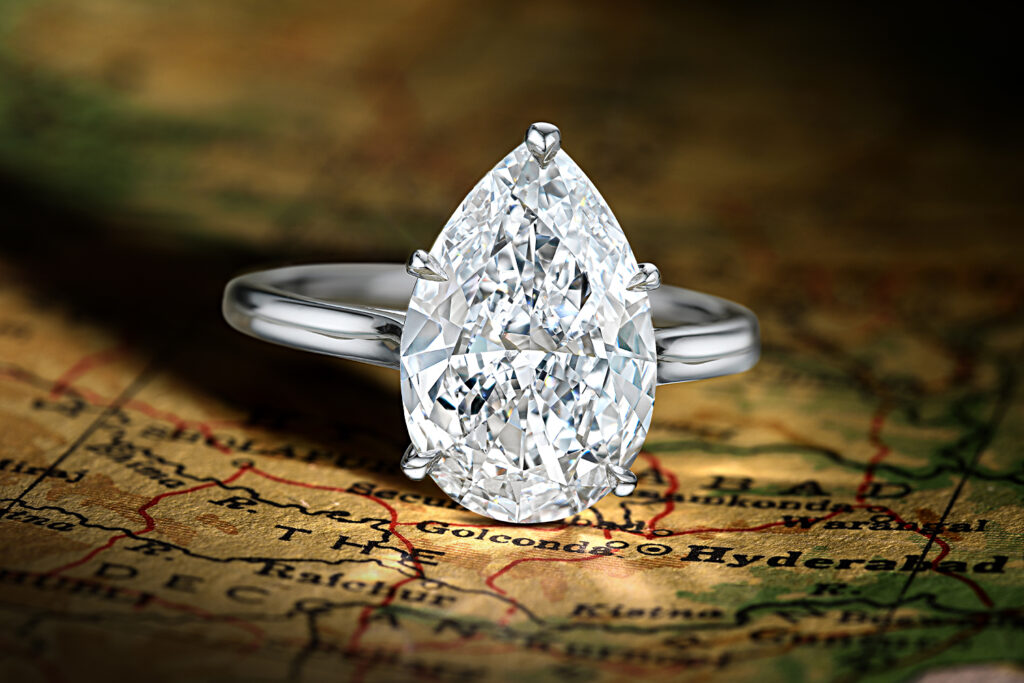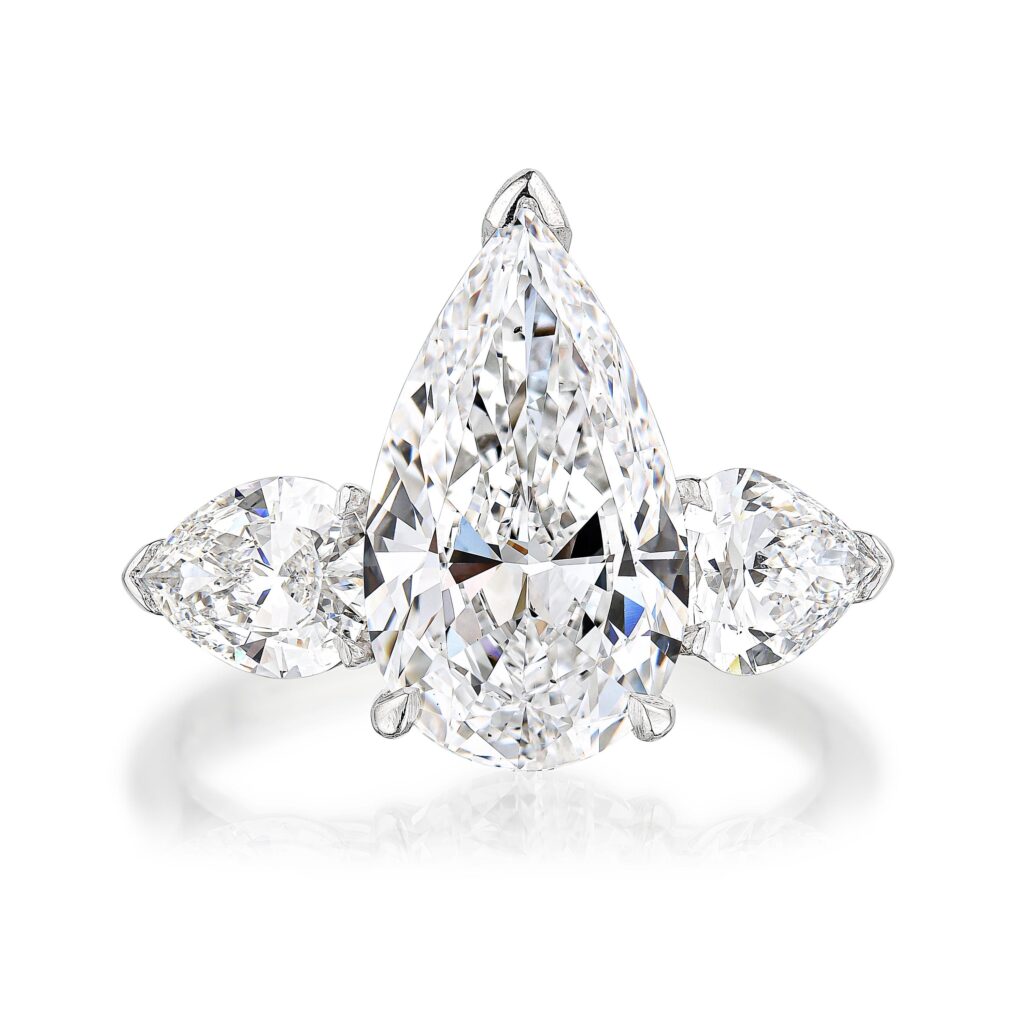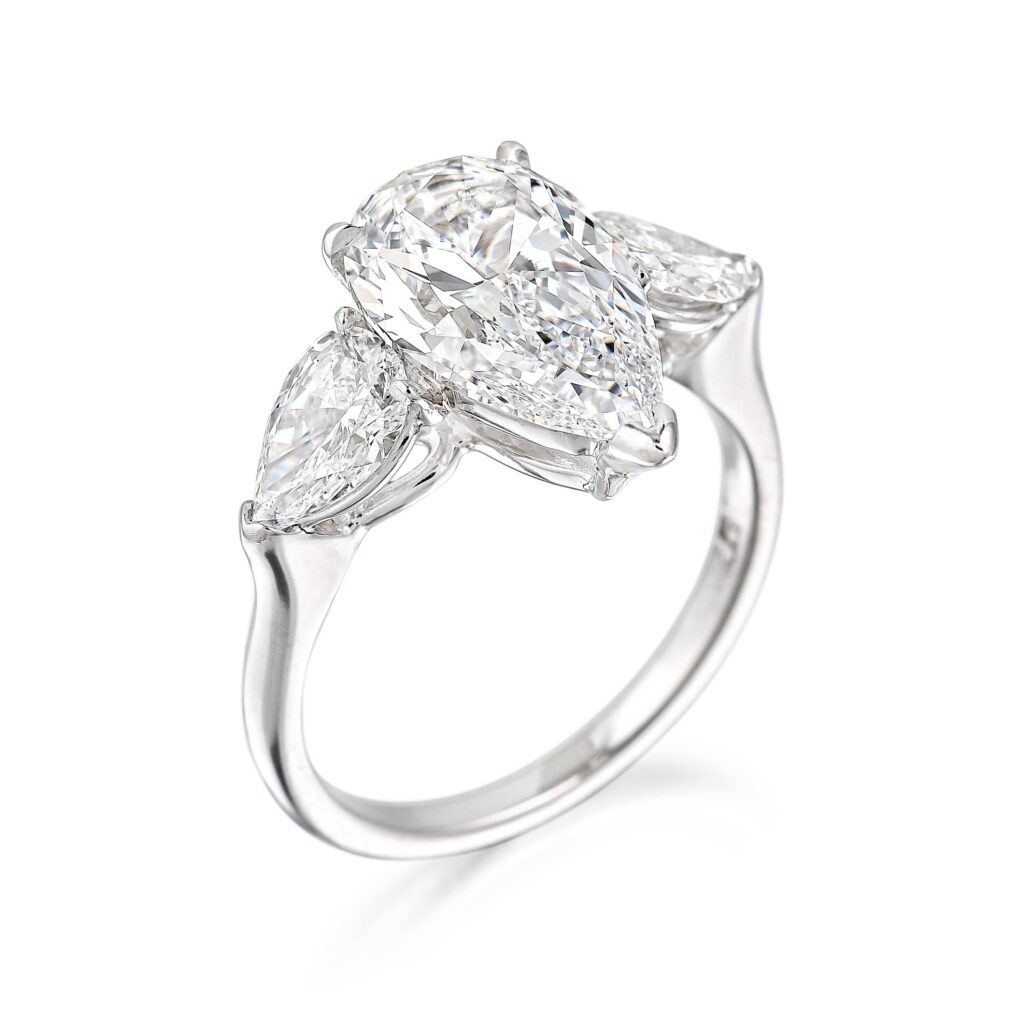The Allure of Type IIa Diamonds
Since the advent of diamond mining, diamonds have been prized for their clarity, transparency and purity. In fact, the finest diamonds were historically referred to as “gems of the first water”—such that the purest diamonds mimicked the color of the clearest drop of water. This age-old comparison was even noted as early as 1607, in Shakespeare’s Pericles:
Heavenly jewels which Pericles hath lost,
Begin to part their fringes of bright gold.
The diamonds of a most praisèd water
Doth appear, to make the world twice rich.
Shakespeare, Pericles (Act III, Scene 2)
Nowadays, diamonds are graded on internationally recognized scales for both clarity and color. The majority of diamonds possess varying levels of nitrogen in their chemical composition, which give them a slight yellow tinge. Colorless diamonds that possess very low levels of nitrogen are exceptionally rare and command extremely high prices at market—with prices per carat consistently increasing over time.
Type IIa diamonds refer to diamonds that have no measurable levels of nitrogen impurities, even rarer than the standard “colorless” diamonds. They appear utterly transparent and are classified by scientists as the most chemically pure diamonds— found in less than 2% of all diamonds mined.
This exquisite 3.04-carat pear-shaped diamond, from an esteemed Connecticut estate, was a rare opportunity for diamond collectors to acquire a Type IIa diamond—the pinnacle of diamond excellence. It was offered in FORTUNA’s 2020 November Jewels & Watches auction for a starting bid of $35,000 and went on to achieve an impressive $50,000 at auction.
The Desire for Golconda Diamonds
Type IIa diamonds were first found in the prestigious Golconda mines, world-renowned for some of history’s finest diamonds, such as the Hope diamond and the Koh-i-Noor.

Diamonds that originated from Golconda were revered for their optimal color and quality, so much so that “Type IIa” and “Golconda” were terms that were used interchangeably. And while Type IIa diamonds have now been found to exist in other geographical regions, the mere association with such a historic origin is enough to get collectors buzzing with excitement.


